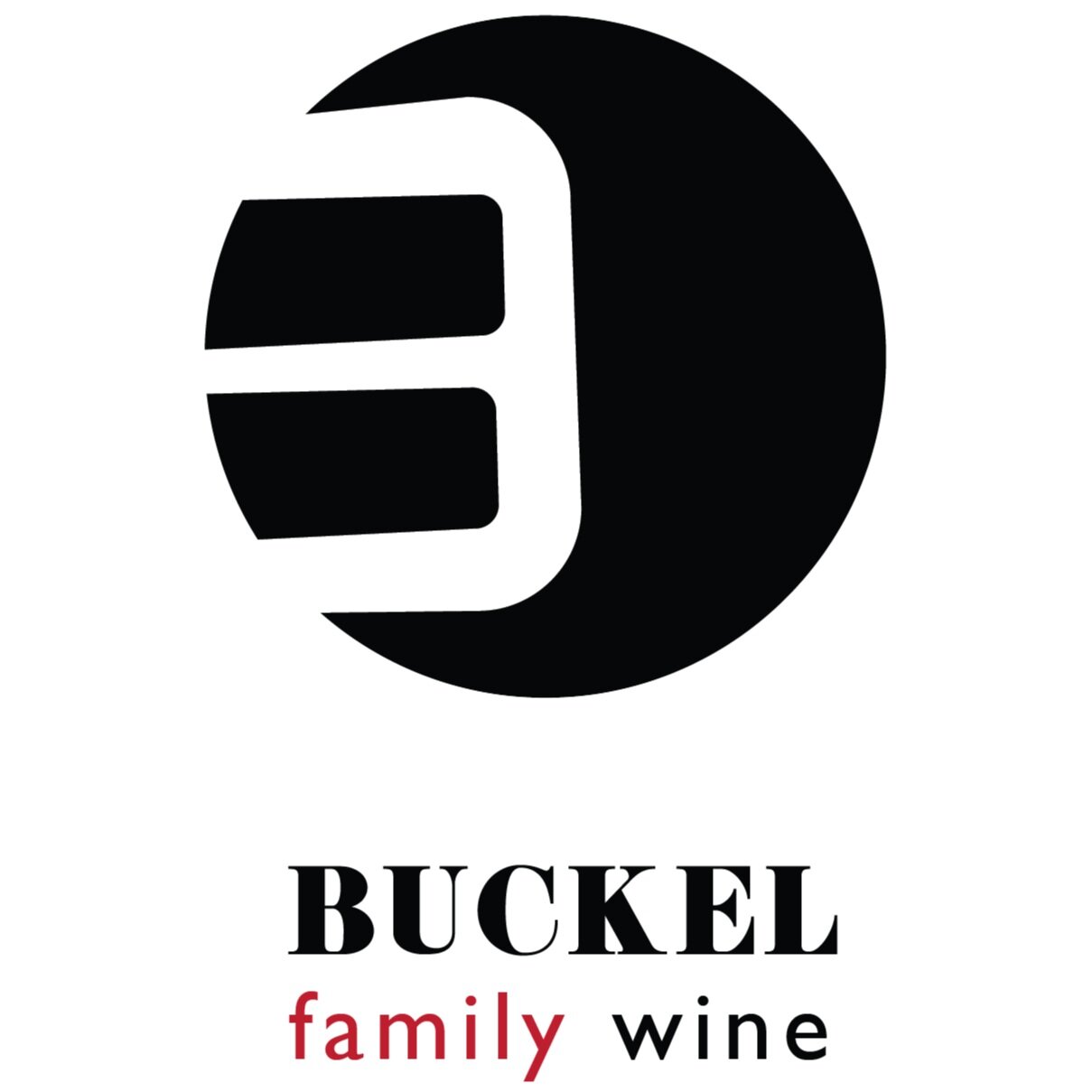Growing Grapes in Colorado
Colorado is not the easiest state to live in, for both humans and plants. Our winters are cold, snowy, and long, often lasting into June with surprise frosts, sometimes shocking the plants (and us) while we wait for summer. Our summers can be arid, hot and at times short, like this year when we celebrated Labor Day with a foot of snow in Gunnison Valley. As winemakers, we face challenges of a short growing season, drought, and extreme weather events.
One of the greatest challenges of the Colorado climate for viticulture is the frost events that occur in late spring and early fall. In spring, once the vines’ buds have burst open an unexpected frost can freeze the new green vegetation (containing the flowers that will produce grapes) and damage the crop for the season. In early fall, the vines have not yet entered full ‘dormancy’, in which they have hardened their green vegetative tissue. In a serious cold event that green tissue can freeze and die, preventing transfer of sugars and nutrients to the plant and impacting the following year’s crop and the vine’s overall health. These frost events impact the crop load, vine strength, and limit the growing season time.
In the same way that these extreme conditions make Colorado viticulture an act of resiliency and perseverance, the conditions also allow us to make very distinctive and beautiful wines. When a vine has too easy access to water and nutrients, the result is large grape clusters that are diluted in flavor, with a lower sugar to tannin ratio. This makes wines that are simpler with less structure. Additionally, excess resources for the vine allows it to grow a very large canopy, which shades the fruit and prevents ripening. Alternatively, when a vine experiences mild water stress, there is a light, porous canopy that perfectly ripens grapes and allows the root system to search deeper in the soil for water and nutrients. Our arid, hot climate with warm days and cool nights helps us achieve this balanced canopy. The fruit from these vines produce wines that are well structured, balanced, and show off the unique terroir.
Achieving vine balance and mitigating freeze damage were big topics at this year’s VinCO, a conference on Colorado winemaking and grape growing, with several lectures from viticulturalists, enologists and researchers from CO and beyond. Many industry experts provided strategies to protect the vines from extreme temperatures, information on cold-tolerant varieties and climate data from CSU. With the collective sharing of information and wealth of knowledge and enthusiasm from the Colorado wine community, we can continue to make great wine, even with the unpredictable Colorado weather.

